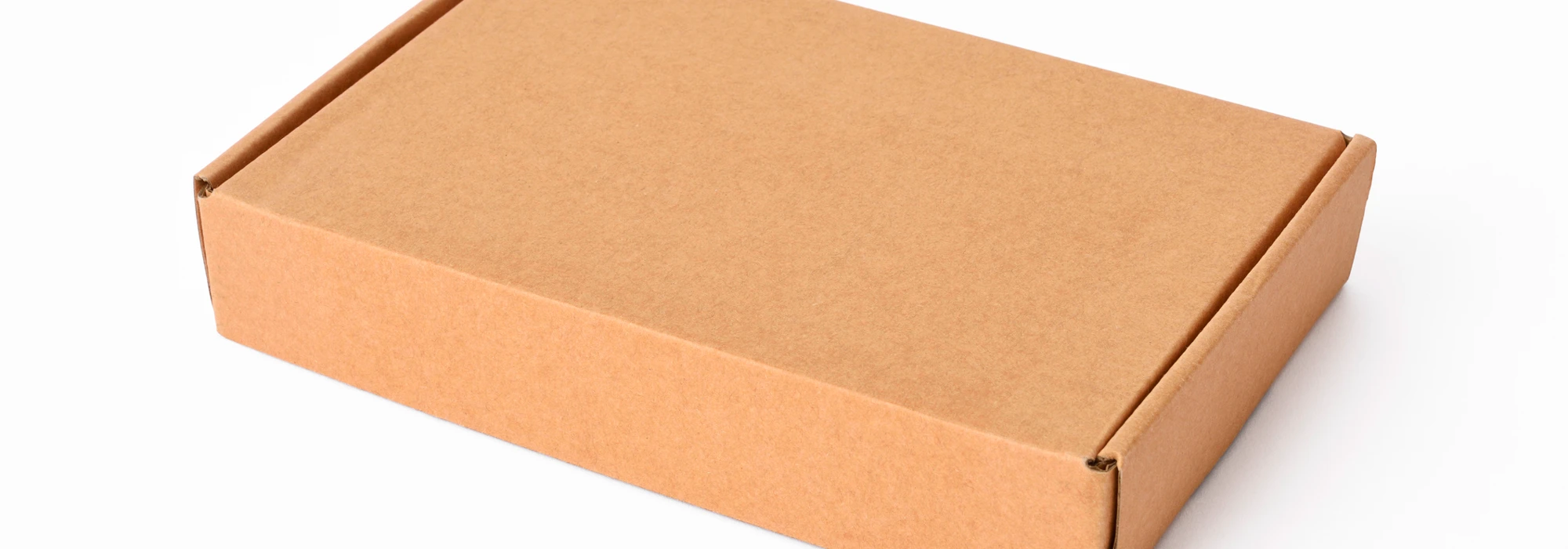Welcome to the world of high school geometry, where we dive into the fascinating realm of shapes and measurements. In this article, we’ll explore one of the fundamental concepts of geometry: calculating the area of a rectangle. Understanding how to find the area of a rectangle is not only crucial for academic success but also applicable in various real-world scenarios, from architecture to interior design. So, let’s dive in and discover the secrets of rectangles and their areas!
Definition of a Rectangle
Before we delve into the calculations, let’s start with a clear understanding of what a rectangle is. A rectangle is a quadrilateral with four right angles and opposite sides that are equal in length. It’s a versatile shape that can be found in countless objects around us, from windows and doors to picture frames and computer screens.
Calculating the Area of a Rectangle
To calculate the area of a rectangle, we use a simple formula: length multiplied by width. The formula can be represented as:
Area = Length × Width
In this equation, the length is the measurement of one side of the rectangle, and the width is the measurement of the adjacent side. By multiplying these two values, we can find the area of the rectangle in square units.
Real-World Applications of Area Calculations
Area calculations are not just abstract concepts used in classrooms; they have practical applications in our everyday lives. Understanding how to calculate areas can help us plan and design spaces more efficiently. For example, architects use area calculations to determine the dimensions of rooms in a building, while landscapers use them to estimate the amount of turf or paving needed for a garden. Even in interior design, area calculations play a vital role in determining furniture placement and optimizing available space.
Rectangles in Architecture
The beauty of rectangles extends beyond mathematical calculations. Architects often incorporate rectangles into their designs due to their symmetry and versatility. From famous landmarks like the Parthenon to modern skyscrapers, rectangles form the foundations of architectural masterpieces. Take a closer look at the buildings around you, and you’ll notice how rectangles are used to create stunning facades, windows, and doorways.
Using Area Calculations in Planning and Design
Now that we understand how to calculate the area of a rectangle and have explored their presence in architecture, let’s consider how area calculations impact planning and design. By understanding the areas of different spaces, designers can create functional layouts and ensure optimal use of available space. Whether it’s designing a classroom, arranging furniture in a living room, or planning a garden layout, area calculations provide the foundation for effective design decisions.
Interactive Exercises
To reinforce your understanding of calculating the area of a rectangle, we have prepared some interactive exercises for you. Test your skills and strengthen your geometric prowess with engaging quizzes and exercises. Put your knowledge to the test and watch your confidence grow!
- Basic Rectangle Area Calculation
What is the area of a rectangle that has a length of 10 units and a width of 5 units? - Applying Knowledge to Real-Life Scenarios
Imagine you are helping a friend design a new rectangular garden. The garden should cover an area of 120 square units, and the length is twice the width. What are the dimensions of the garden? - Challenging Problem
A rectangular room needs to be carpeted. The room is 15 units long and 10 units wide. If each square unit of carpet costs $3, how much will it cost to carpet the entire room? - Architectural Application
An architect is designing a rectangular window that needs to allow for 30 square units of light. If the width of the window must be 5 units, what should the length be?
Answer Key
Here are the solutions to the quiz! Check your answers and see how well you understood the concept of calculating the area of a rectangle.
- Basic Rectangle Area Calculation
For a rectangle with a length of 10 units and a width of 5 units, the area would be:
Area = Length × Width = 10 units × 5 units = 50 square units. - Applying Knowledge to Real-Life Scenarios
If the rectangular garden’s area is 120 square units and the length is twice the width, then:
Area = Length × Width
120 = Length × Width
Given, Length = 2 × Width
120 = 2 × Width × Width
Solving for Width, we find Width = 10 units and Length = 20 units. - Challenging Problem
For carpeting a room that is 15 units long and 10 units wide, at $3 per square unit, the cost would be:
Area = Length × Width = 15 units × 10 units = 150 square units
Cost = Area × Cost per Square Unit = 150 × $3 = $450. - Architectural Application
To design a rectangular window allowing for 30 square units of light with a width of 5 units, the length would be:
Area = Length × Width
30 = Length × 5
Solving for Length, we get Length = 6 units.
Conclusion
Congratulations! You’ve unlocked the secrets of calculating the area of a rectangle. Armed with this knowledge, you can confidently approach geometry problems and appreciate the role of rectangles in our world. You can even go a step further and enlist the help of an online math tutor to help you explore more geometrical shapes. Remember, understanding the concepts of geometry goes beyond the classroom. By recognizing the practical applications of area calculations in real-world scenarios, you can become a master of shapes and measurements. So, keep exploring, keep learning, and embrace the beauty of geometry in all its forms!




